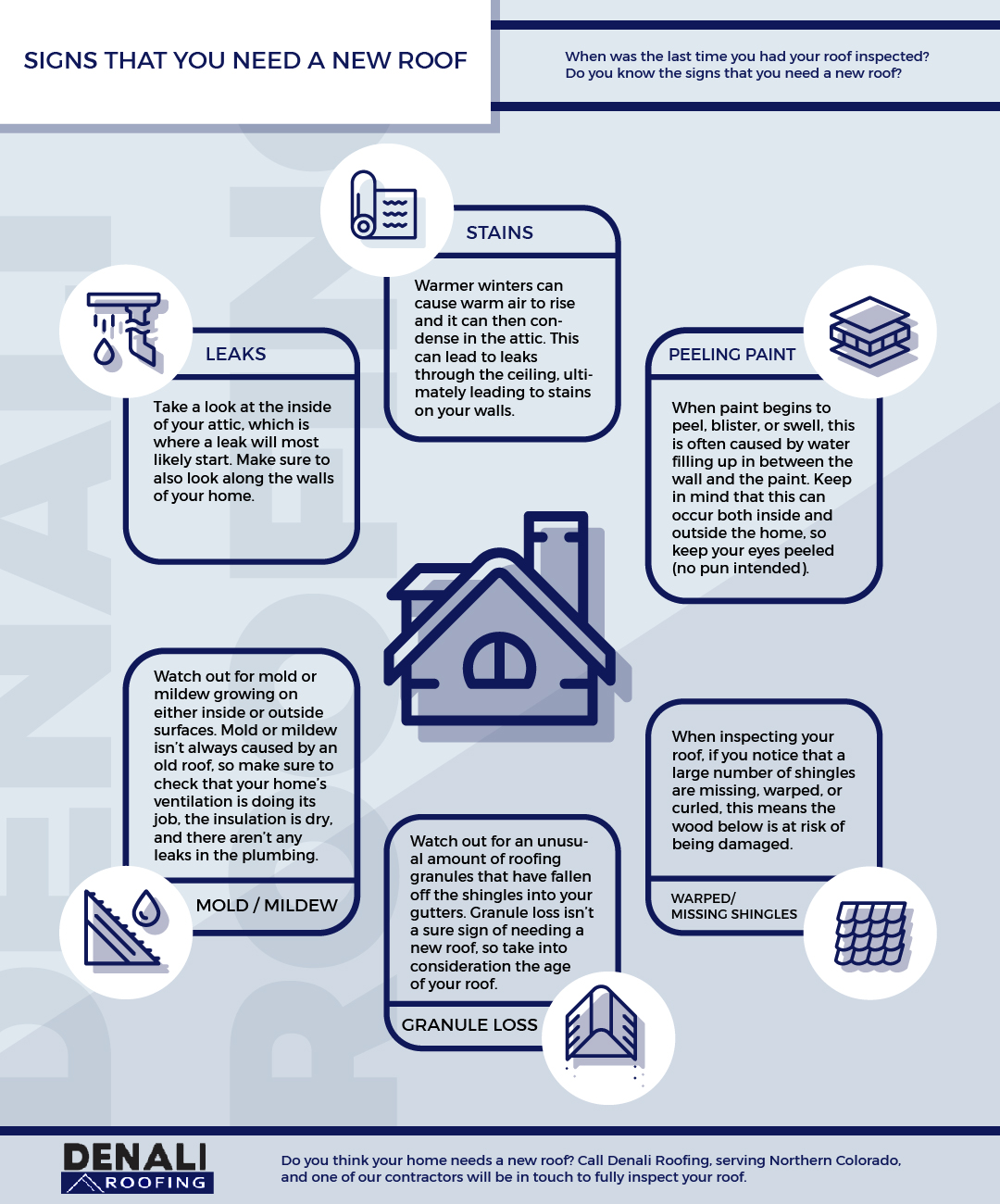The Significance Of Roof Ventilation For Effective Installation Results
The Significance Of Roof Ventilation For Effective Installation Results
Blog Article
Content Produce By-Gundersen Walls
When you're dealing with a roof covering task, you might not assume much regarding roof covering air flow, yet it's more critical than you recognize. Effective ventilation assists control temperature level and wetness in your attic, preventing issues like mold and mildew and structural damage. By comprehending how to develop and set up a balanced ventilation system, you can enhance power efficiency and lengthen the lifespan of your roof covering materials. So, what are the essential factors to think about during installment that can make all the difference?
Relevance of Roof Covering Ventilation
Roof ventilation plays an important duty in keeping the total wellness of your home. By enabling fresh air to flow through your attic, it assists manage temperature level and moisture levels. This equilibrium is essential to prevent warmth build-up throughout hot months, which can cause raised energy prices as your cooling burns the midnight oil.
Furthermore, appropriate air flow substantially lowers the risk of moisture-related concerns like mold and mildew and mold. If moisture levels rise, your home's structural integrity can be endangered, bring about expensive repair work. You wouldn't intend to take care of decomposing timber or deformed roof products, right?
Additionally, appropriate ventilation prolongs the life expectancy of your roofing system. When warm and moisture are kept in check, your roofing can execute ideally, preventing premature damage. This means fewer headaches and expenditures down the line.
Exactly How Roofing System Air Flow Works
Reliable roofing air flow depends on the natural activity of air to develop an equilibrium between intake and exhaust. When you install vents, you're essentially allowing fresh air to enter your attic while allowing warm, stale air to leave. This process helps manage temperature level and dampness levels, preventing concerns like mold growth and roof damage.
Intake vents, typically discovered at the eaves, reel in awesome air from outside. On the other hand, exhaust vents, situated near the ridge of the roof, let hot air rise and exit. The difference in temperature develops a natural air movement, known as the stack impact. As roofing contracting surges, it produces a vacuum that draws in cooler air from the reduced vents.
To optimize this system, you require to make sure that the intake and exhaust vents are appropriately sized and placed. If the intake is limited, you will not achieve the preferred air flow.
Similarly, insufficient exhaust can catch heat and wetness, causing potential damages.
Trick Installation Considerations
When setting up roofing system air flow, several essential considerations can make or damage your system's performance. First, you require to evaluate your roofing system's design. The pitch, shape, and products all influence airflow and ventilation option. See to it to select vents that match your roofing system kind and regional environment problems.
Next, think about the positioning of your vents. Preferably, you'll desire a balanced system with intake and exhaust vents positioned for optimal air movement. Location consumption vents short on the roof covering and exhaust vents near the height to urge a natural flow of air. This configuration assists avoid dampness accumulation and promotes energy performance.
Do not forget insulation. hunter's creek roofer in your attic room avoids warmth from escaping and keeps your home comfortable. Make sure that insulation does not obstruct your vents, as this can prevent air movement.
Finally, think of upkeep. Select ventilation systems that are simple to access for cleaning and assessment. Regular maintenance guarantees your system continues to work effectively gradually.
Final thought
In conclusion, roofing system air flow is important for a successful installation. By guaranteeing correct airflow, you can stop heat buildup and wetness issues that bring about expensive damage. When a fantastic read and exhaust vents, you enhance power efficiency and lengthen the lifespan of your roof. Remember, a well-ventilated roofing system not just protects your investment but also improves your indoor air top quality. So, prioritize air flow to ensure a resilient and cost-effective roofing system for your home.
